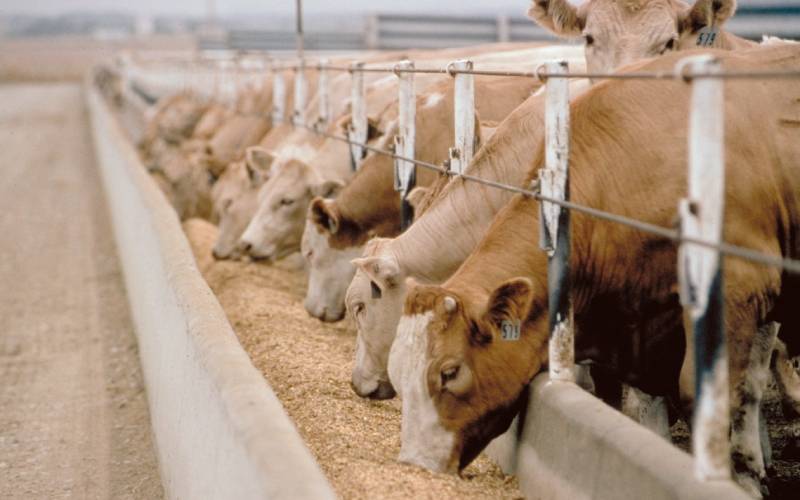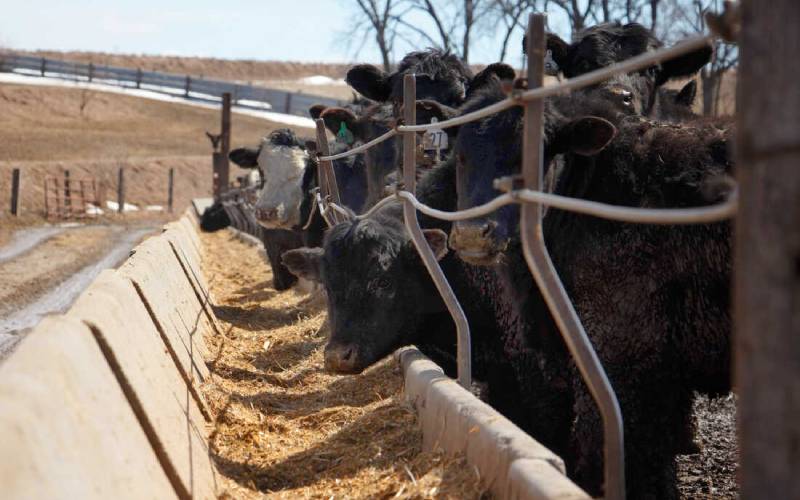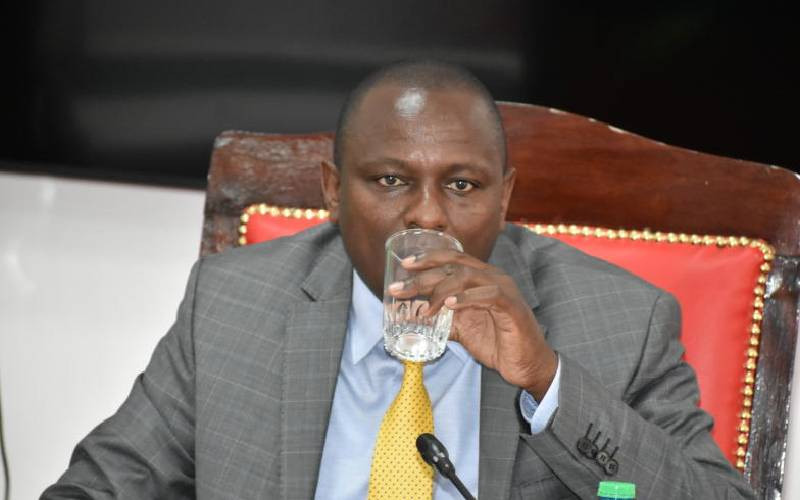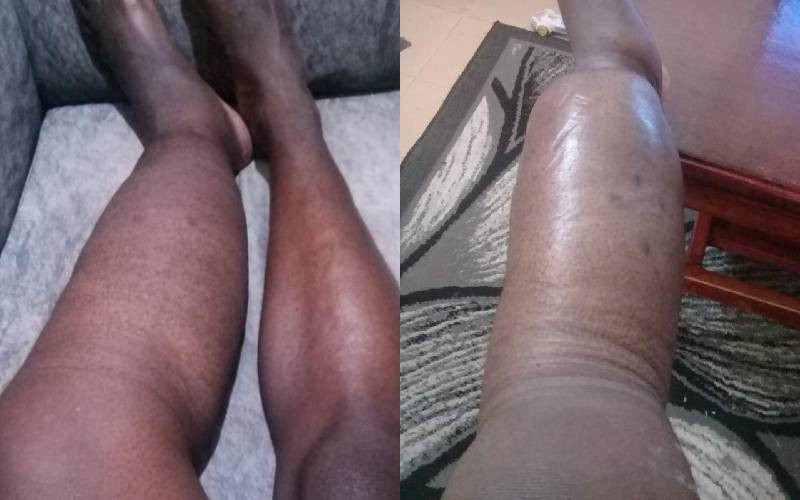
Within the last two weeks, we have received questions on feedlot systems in beef production. Here is an in-depth explanation of what it is and how to venture into it in case this is something you have been planning to explore.
Feedlot beef production is common in developed countries. In Kenya, though not many, there are farmers doing it and succeeding. I am yet to read research papers on this production system in Kenya although I have read many papers on the Australian experience and a few about the baby steps Botswana is taking.
What are feedlots?
Keeping animals in ranches or open pastures requires a lot of space and one has to wait for quite a while for the animals to attain requisite market weight. The feedlot system as the names suggests is an intensive feeding regime with a goal for the animals to quickly acquire market body weight.

Animals are kept in confinement and fed quality feed to attain a market weight within a given time frame (usually much shorter than those purely on pasture). In Australia, for example, this form of beef production is widely practiced and there are associations that give guidelines and work towards their enforcement.
These associations work to ensure the market’s preferences are met because with the feedlot system, a farmer is able to produce quality and consistent beef even during lean times. Other forms of feedlots involve rearing animals in pastures then finishing them in feedlots.
Those in the feedlot system will either raise their own stock or can outsource them from other farmers. The few farmers who are engaged in this kind of production in Kenya will in most cases buy their stock from other farmers at a relatively lower price; then fatten them within a short period and sell them off. Such farmers normally target farmers who have large numbers of animals during the dry seasons when pastures are inadequate and the animals have wasted away.
Although farmers tend to source for an animal with relatively poor body condition to get lower prices, this is a tricky area that requires due diligence – many farmers tend to assume thinness is only caused by inadequate feeding. This isn’t entirely true, many diseases manifest clinically through reduced body weight. In addition, in that state, the animal is vulnerable to diseases.
Rearing cattle on natural pasture normally has one disadvantage of wasting whenever pastures dwindle. This is a common phenomenon in Kenya; especially where a farmer hasn’t invested in good feed management – seasonality of feeds - hence you find fat animals in one season and thin animals in the other. This makes a good point for one to try feedlot system.
When sourcing animals there is normally an induction period where deworming, vaccinations, external parasites control and mineral supplementation is done. This means that successful feedlot management requires that you have your vet close by to advise on which diseases to vaccinate against, which dewormers are effective and the nutrition regime to restore the animals back to their healthy state.
Getting it right
Nutrition regime is of paramount importance and will vary according to many factors – genetic, environmental, the current body status and market preferences. You need feed formulations that are nutritionally adequate, economic and palatable. You will have to invest heavily in quality feeds if you choose this system in addition to the infrastructure and labour.
To maximise intake, the feed and clean water should be available at all times – note that at the finishing stage appetite falls relative to bodyweight. Stress is likely to happen as animals are put together; minimise this by grouping animals of the same age and size and provide good ventilation.
Stay informed. Subscribe to our newsletter
The feedlot system has been a concern for animal welfare activists; if not well planned it can raise concerns and can have negative effects on the environment. In the developed world, farmers who plan to engage in this system must pass an animal welfare audit and have an environmental impact assessment done prior to feedlot production.
Don’t forget that you must identify and secure a good market because you have already invested too much and you need to get a good price for your product to cover the costs and make a profit.
(Dr Othieno was the winner of Vet of the Year Award 2016 and works with the Kenya Tsetse and Trypanosomiasis Eradication Council –KENTTEC, [email protected])
 The Standard Group Plc is a
multi-media organization with investments in media platforms spanning newspaper
print operations, television, radio broadcasting, digital and online services. The
Standard Group is recognized as a leading multi-media house in Kenya with a key
influence in matters of national and international interest.
The Standard Group Plc is a
multi-media organization with investments in media platforms spanning newspaper
print operations, television, radio broadcasting, digital and online services. The
Standard Group is recognized as a leading multi-media house in Kenya with a key
influence in matters of national and international interest.
 The Standard Group Plc is a
multi-media organization with investments in media platforms spanning newspaper
print operations, television, radio broadcasting, digital and online services. The
Standard Group is recognized as a leading multi-media house in Kenya with a key
influence in matters of national and international interest.
The Standard Group Plc is a
multi-media organization with investments in media platforms spanning newspaper
print operations, television, radio broadcasting, digital and online services. The
Standard Group is recognized as a leading multi-media house in Kenya with a key
influence in matters of national and international interest.







